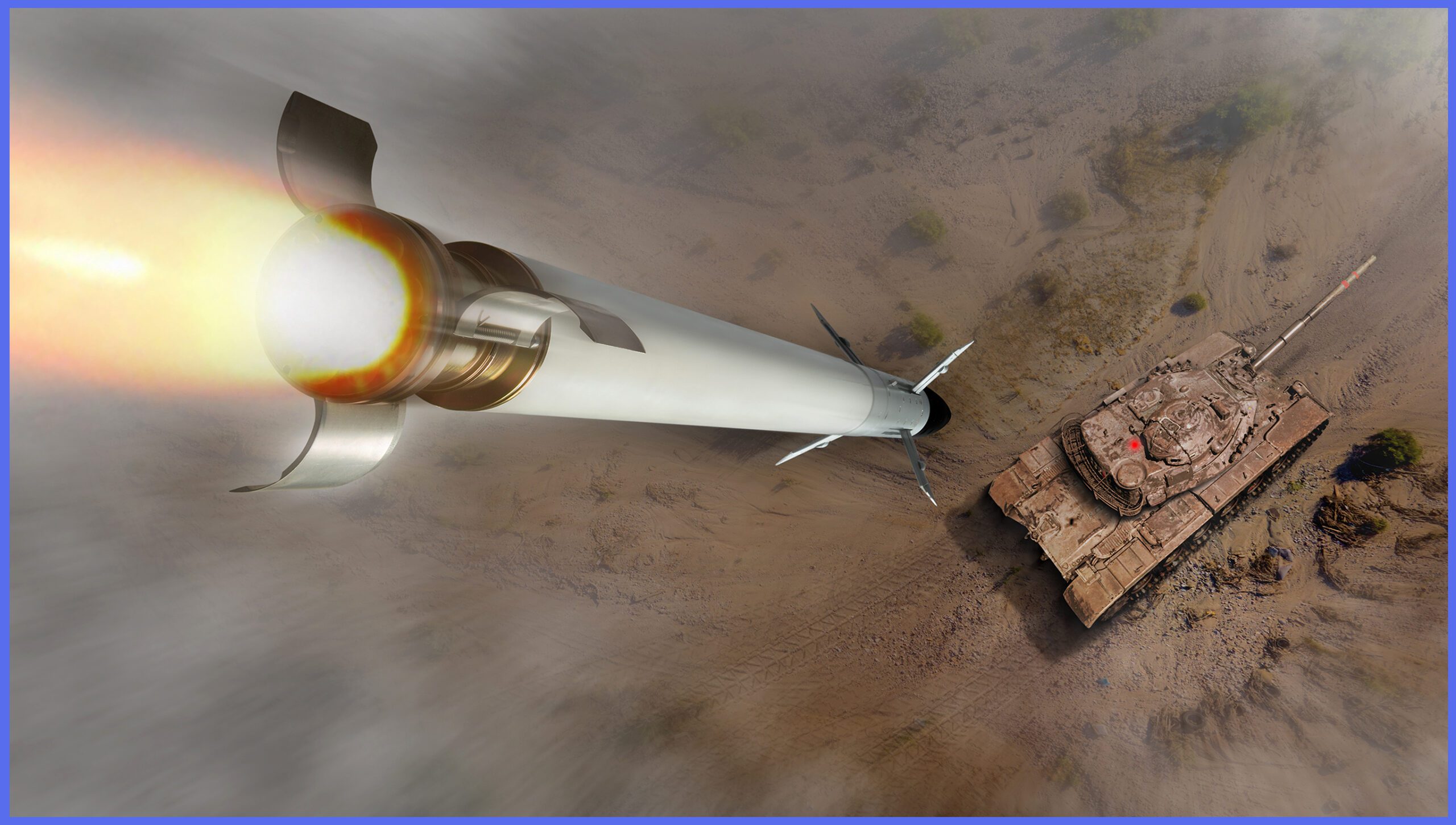In 21st-century warfare, the design parameters of all weaponry have changed drastically. Find the Best Detonation Mechanism and Warhead Know-How presently employed in modern weaponry. Pursuing the optimal detonation mechanism and warhead design is a relentless endeavour in explosive technology.
This quest involves a meticulous blend of research, experimentation, and expertise. Specialists in this field dedicate their efforts to uncovering innovative solutions that promise maximum efficiency and precision in explosive devices.
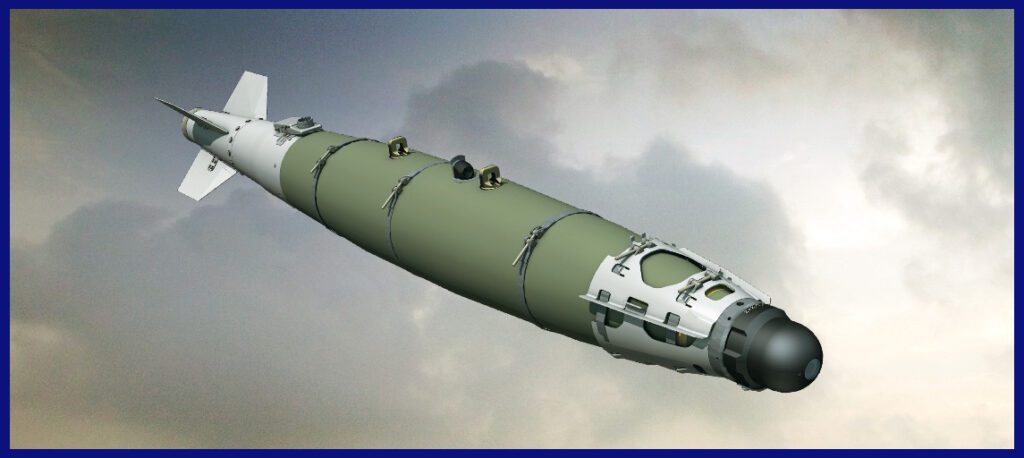
Understanding the Mechanics of Contact Fuzes
A contact fuze is a crucial component of explosive ordnance designed to detonate upon physical contact with a hard target. It is also known as an impact fuze, percussion fuze, or direct action (D.A.). It consists of a sensor mechanism, usually located at the nose of the munition, that detects impact or pressure changes upon striking a surface. Upon contact, the sensor triggers an explosive reaction within the warhead, causing it to detonate.
Contact fuzes are employed in various military applications, including artillery shells, bombs, and anti-tank munitions, where precise timing of detonation upon impact is essential for mission success.

Typically, fuzes for air-dropped bombs have relied on an internally positioned inertia fuze, activated by the abrupt deceleration upon impact. Due to concerns regarding potential aircraft accidents or the necessity to land with an undropped bomb remaining aboard, these fuzes are safeguarded by advanced safety mechanisms. These mechanisms ensure that the fuze is only capable of activation after intentional bomb release.
Contact fuzes come in different designs tailored to specific requirements, with features such as delay options to optimize effectiveness against different types of targets, making them a critical component of modern munitions systems.
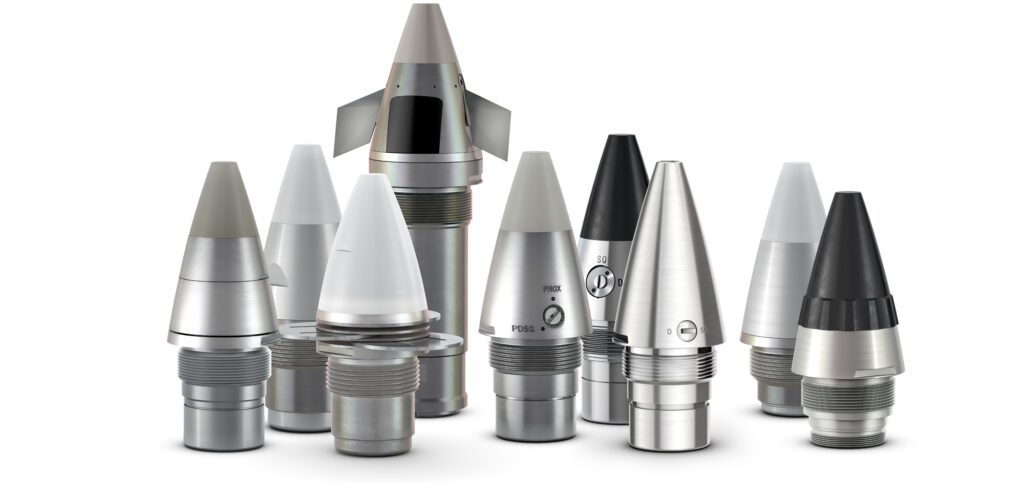
Masters of Precision: Harnessing the Power of Proximity Fuzes
A proximity fuze, also known as a VT (Variable Time) fuze, is a sophisticated electronic device utilized in explosive ordnance to trigger detonation when it approaches within a certain distance of its target. Unlike contact fuzes, which rely on physical impact, proximity fuzes utilize sensors such as radar, laser, or infrared to detect the target’s proximity.
When the target reaches a predetermined distance from the munition, the fuze initiates the explosive reaction within the warhead, resulting in detonation. This sophisticated trigger mechanism may increase lethality by 5 to 10 times compared to the common contact fuze or timed fuze.

Proximity fuzes are critical in anti-aircraft artillery, missiles, and air defence systems, enabling accurate targeting of aerial threats without requiring direct contact. They provide enhanced effectiveness by increasing the probability of hitting fast-moving or manoeuvring targets and minimizing the risk of collateral damage. Proximity fuzes have evolved with advancements in sensor technology, contributing significantly to the capabilities of modern military systems.
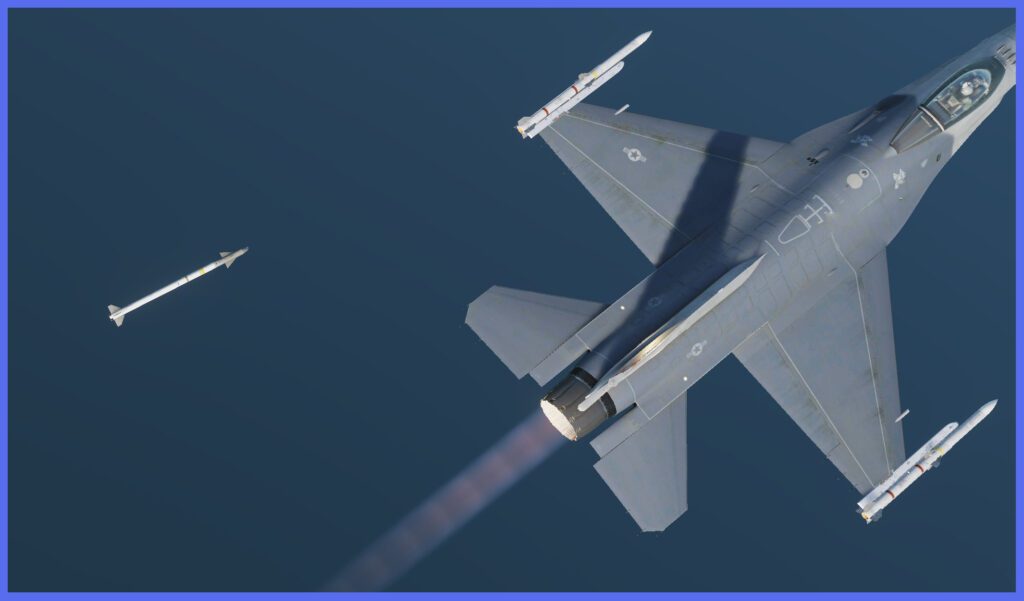
Proximity fuzes utilize various sensor types to detect the presence or nearness of a target. Some common sensor types in the 21st century include:
Radar/Radio Sensors: These sensors emit radio waves and detect the reflected signals to determine the distance and velocity of the target. Radar proximity fuzes are effective against a wide range of targets, including aircraft, missiles, and projectiles.
Infrared (IR) Sensors: IR sensors detect the heat emitted by objects and are particularly effective against heat-producing targets such as aircraft engines or missiles. They can operate in both passive and active modes, making them versatile for different engagement scenarios.
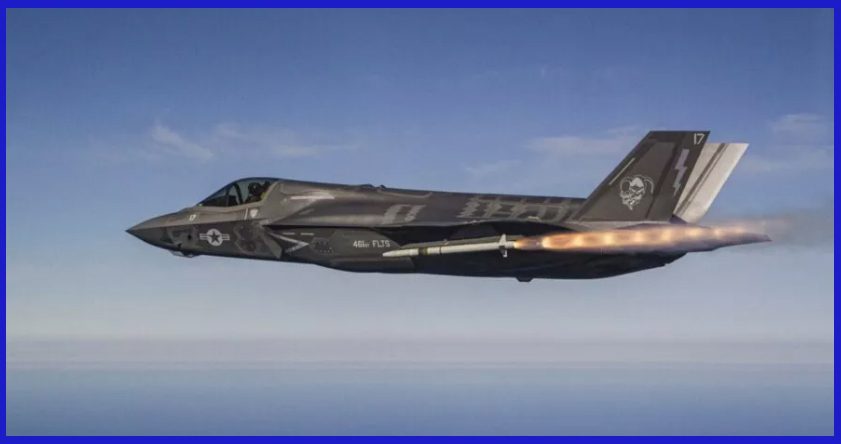
Laser Sensors: Laser proximity fuzes operate by emitting laser beams and measuring the time it takes for the beam to reflect from the target. Renowned for their high precision, they find frequent use in guided munitions to ensure accurate targeting. Certain contemporary air-to-air missiles, such as the ASRAAM and AA-12 Adder, employ lasers as the means to trigger detonation.
Acoustic Sensors: Acoustic proximity fuzes detect the sound waves generated by the target’s engines or other moving parts. They are suitable for use against helicopters, drones, and other aerial platforms.

Magnetic Sensors: Magnetic sensing is limited to detecting large masses of iron, typically found in ships. This technology is commonly employed in mines and torpedoes. However, fuzes utilizing magnetic sensing can be countered through methods such as degaussing, non-metallic hulls for ships (particularly minesweepers), or by implementing magnetic induction loops installed on aircraft or towed buoys.

Understanding the Anatomy of Fragmentation Weaponry
Fragmentation weaponry encompasses a category of weapons crafted to cause harm across a broad area by dispersing shrapnel or fragments upon detonation. These arms typically consist of explosive devices like grenades, mines, or artillery shells, engineered to break into numerous small pieces upon explosion.
Preformed fragments, available in shapes such as spheres, cubes, rods, and more, are typically securely contained within a matrix or body until the high explosive (HE) filling detonates. The primary aim of fragmentation weaponry is to inflict damage on personnel and equipment within a specified radius.

The effectiveness of fragmentation weaponry lies in its ability to create a lethal cloud of high-velocity shrapnel, which can penetrate armour and cause devastating injuries to unprotected individuals. These weapons are particularly effective in open terrain or environments where the dispersal of shrapnel can maximize casualties and disrupt enemy forces.
Fragmentation weaponry has evolved, with materials science and explosive technology advancements leading to more efficient and lethal designs. Modern fragmentation weapons may incorporate specialized casings, explosives, and fragmentation patterns to optimize their effectiveness while minimizing collateral damage.

Frontline Fury: The Impact of Warheads in Battle
Several types of warheads are presently employed in modern weaponry systems, such as…
Continuous-rod warhead: This is a specialized explosive munition intended to optimize its impact on soft targets, commonly utilized in anti-aircraft and anti-missile missiles. Unlike conventional explosive warheads that generate a spherical blast, a continuous-rod warhead generates a focused blast pattern by releasing a series of metal rods or fragments upon detonation. This type of warhead exhibits an annular blast fragmentation pattern, dispersing in a large circle upon explosion, effectively penetrating the target.

These rods, typically made of steel or other high-strength materials, are arranged radially around the explosive charge within the warhead casing. When the explosive detonates, the casing ruptures and the rods are propelled outward in a predetermined pattern.
This results in a cone-shaped blast wave with high velocity and kinetic energy, capable of penetrating and shredding the target. Continuous-rod warheads are commonly used in air-to-air missiles, air defence systems, and anti-personnel weapons due to their ability to effectively engage dispersed or lightly armoured targets while minimizing collateral damage.

Shaped charge: An explosive device specifically engineered to concentrate its energy in a particular direction, maximizing its penetration capabilities against armoured targets. It consists of an explosive material enclosed within a metal casing, with a conical or hemispherical cavity facing the target, as its effect is purely kinetic.
Within the cavity, a metal liner or “shaped” material, typically copper or another high-density metal, is precisely shaped to focus the explosive force into a narrow jet upon detonation. Upon detonation of the explosive charge, the metal liner collapses and forms a high-velocity, high-temperature jet of molten metal that penetrates the target’s armour with immense kinetic energy. Various types of shaped charges serve different purposes, including cutting and forming metal, initiating nuclear weapons, penetrating armour, or perforating wells in the oil and gas industry.
Military-shaped charges are commonly used in anti-tank weapons, artillery shells, and improvised explosive devices (IEDs) due to their ability to defeat heavily armoured vehicles and fortifications. They are prized for their effectiveness against hardened targets and have revolutionized modern warfare tactics and weaponry.
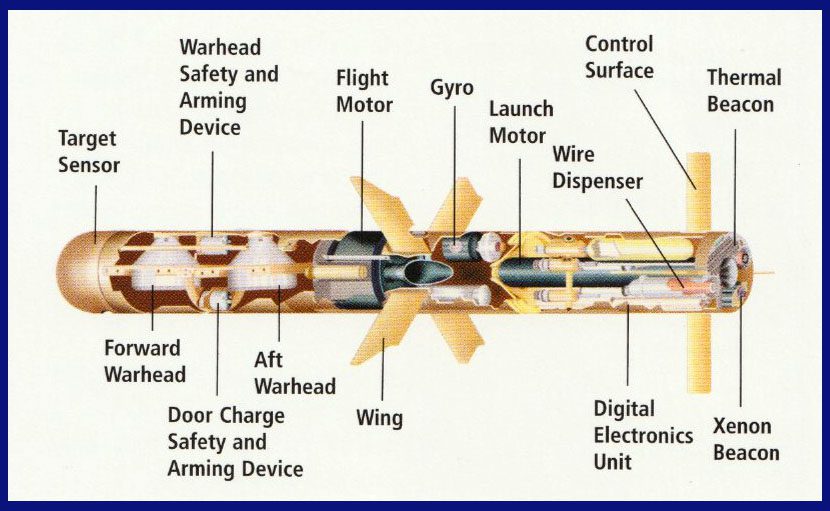
Tandem-charge: This is a specialized explosive device designed to defeat reactive armour and other forms of armour protection commonly found on modern armoured vehicles. It consists of two explosive warheads arranged in tandem within a single munition casing.
The first warhead, known as the precursor or standoff charge, is detonated at a distance from the target. Its primary purpose is to neutralize any reactive armour or countermeasures, such as explosive reactive armour (ERA), that may be present on the target. Once the reactive armour is defeated, the second warhead, called the main charge, is triggered to penetrate the vehicle’s underlying armour and cause damage to the target’s interior.
This sequential detonation allows the tandem charge to overcome the protective measures of armoured vehicles more effectively than traditional single-stage warheads. Tandem charges are commonly used in anti-tank missiles and rocket-propelled grenades (RPGs) to enhance their armour-penetrating capabilities on the battlefield. Here are a few examples: Missiles equipped with tandem charges include the BGM-71 TOW, FGM-148 Javelin, and Brimstone.

In Penetrating Weaponry, dual charges serve to enhance the effectiveness of warheads against structures such as bunkers. This is due to the tendency of a single high-explosive charge to dissipate much of its force to the surrounding air if detonated outside the target structure, following the path of least resistance.
To address this issue, heavily constructed gravity bombs with delay fuzes are employed. These fuzes allow the bomb to penetrate the earth, concrete, etc., of the target before detonating. By containing the explosion within the structure, this method significantly amplifies its impact. For instance, the Storm Shadow missile utilizes a tandem-charge BROACH warhead specifically designed to penetrate hardened structures.

High-Explosive Anti-Tank Warhead (HEAT): This warhead is a specialized munition designed to penetrate armoured vehicles by utilizing a shaped charge mechanism. It typically consists of a high-explosive filler encased within a metal cone or liner. Upon detonation, the explosive charge collapses the liner, forming a focused, high-velocity jet of molten metal. This jet penetrates the target’s armour through a process known as the Munroe effect, where the intense kinetic energy and localized pressure breach the armour, causing spalling and fragmentation inside the vehicle.

HEAT warheads are highly effective against armoured vehicles due to their ability to defeat both traditional and reactive armour. They are commonly used in anti-tank missiles, rocket-propelled grenades (RPGs), and other guided munitions. While HEAT warheads are primarily designed for armoured vehicle targets, they can also be employed against fortified structures and bunkers, making them versatile assets on the modern battlefield.

